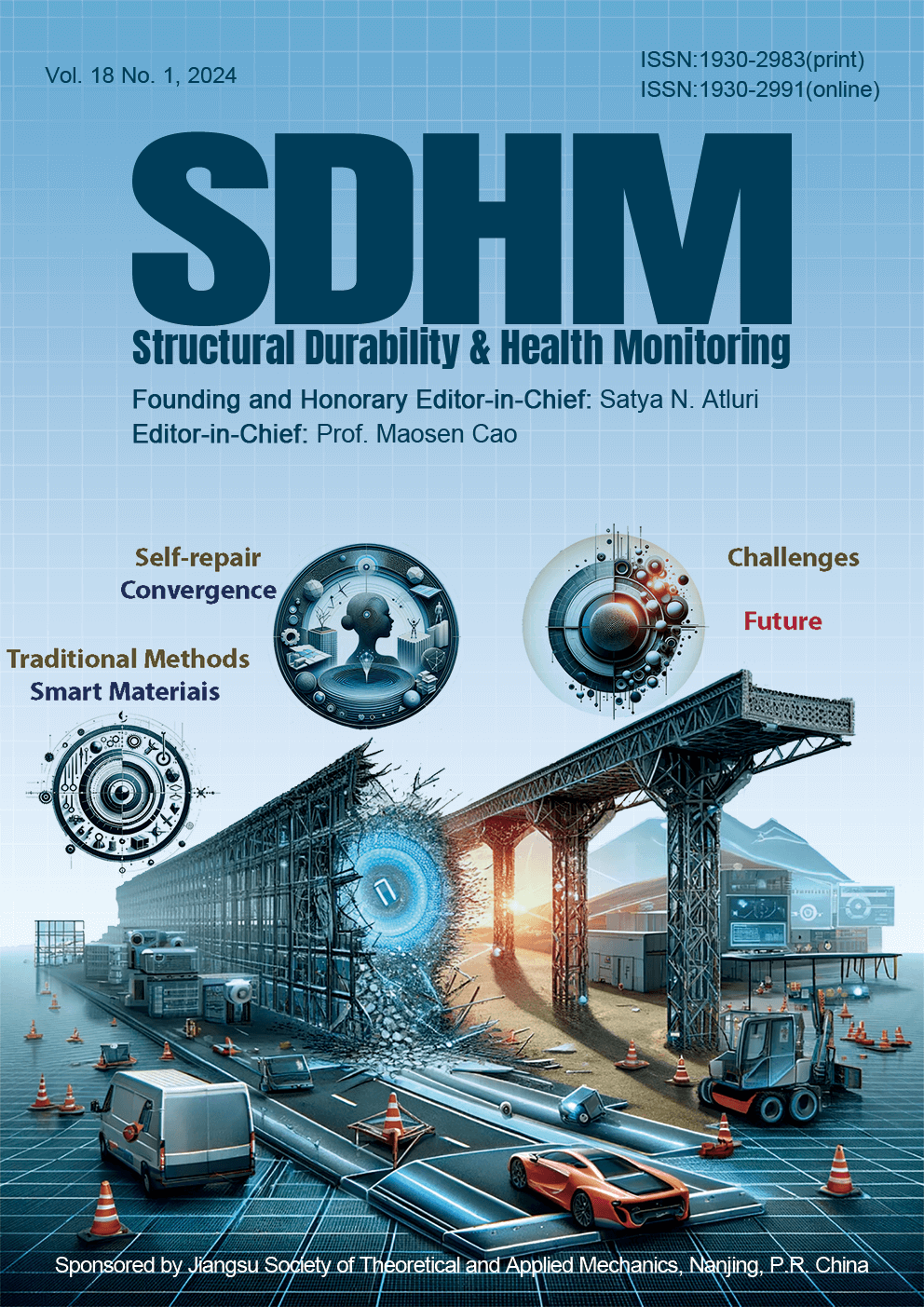
Emerging Trends in Damage Tolerance Assessment" delves into the revolutionary intersection of smart materials and self-repairable structures in engineering. This review illuminates the evolution from traditional damage assessment methods to innovative, autonomous systems capable of immediate damage identification and self-repair. It underscores the transformative potential of integrating these technologies, highlighting their role in redefining the realms of efficiency, safety, and resilience in various industries. This piece reflects on the challenges and future prospects, emphasizing the need for continued innovation in manufacturing and data strategies to fully harness this synergy.
View this paper